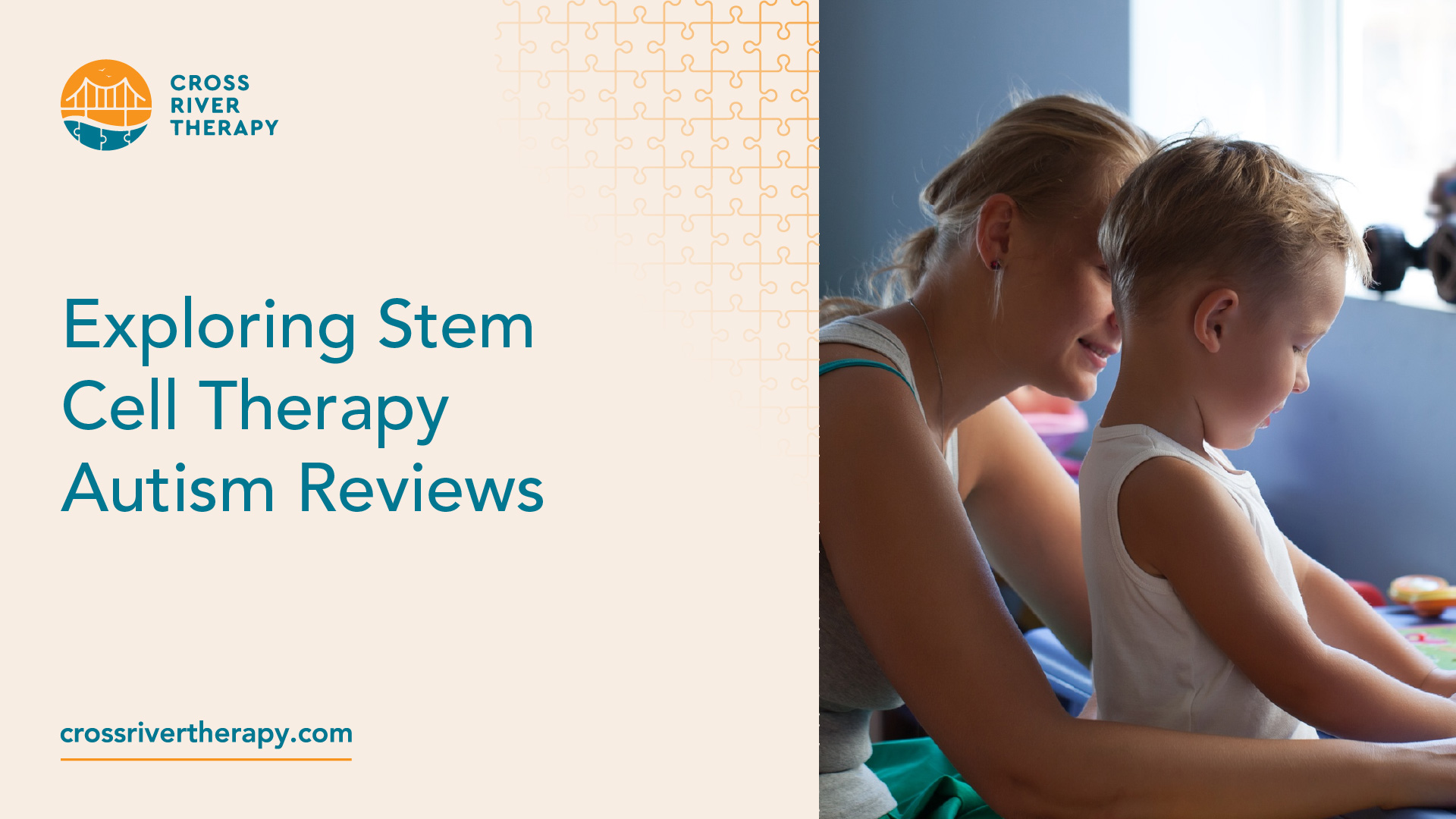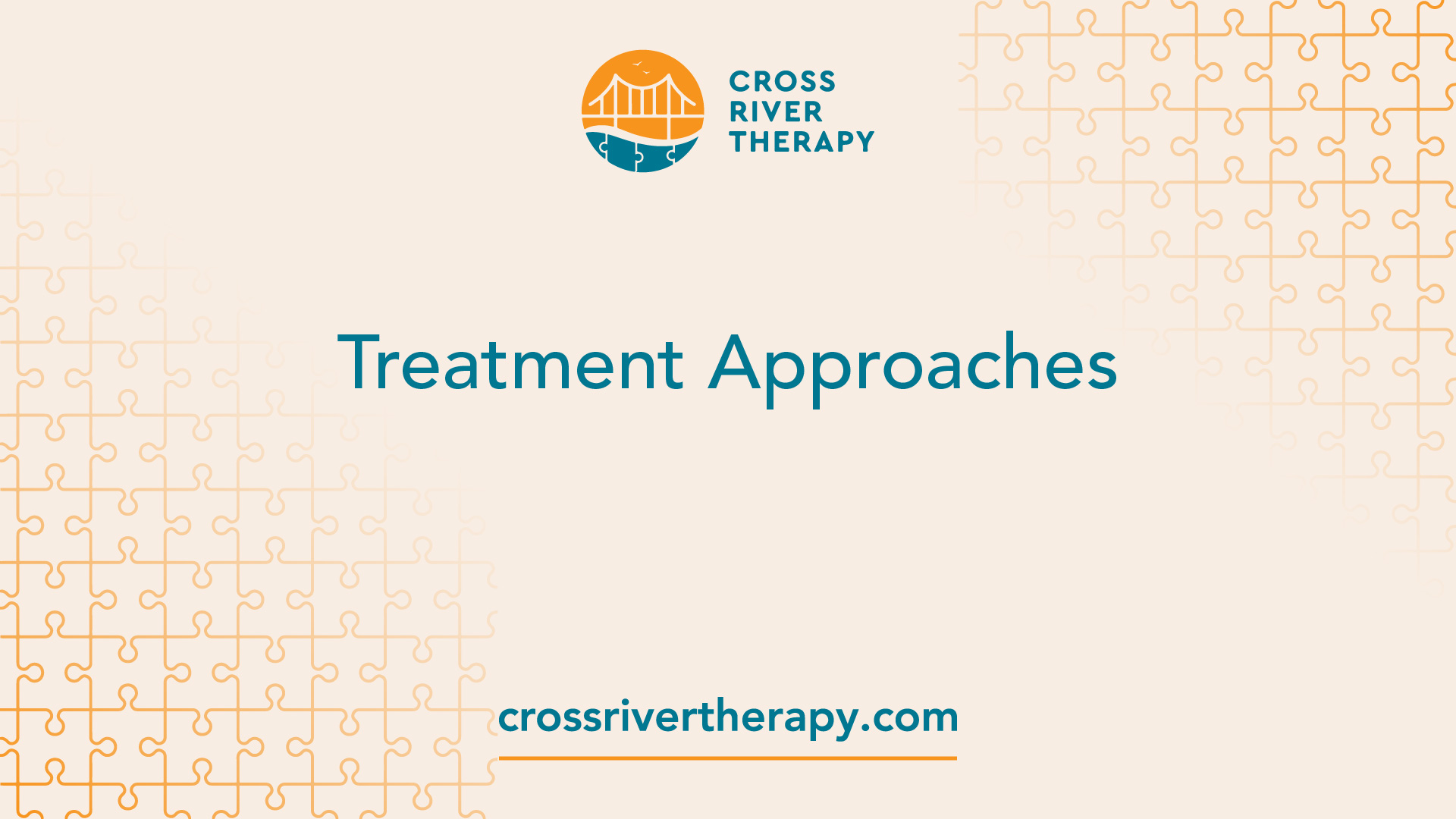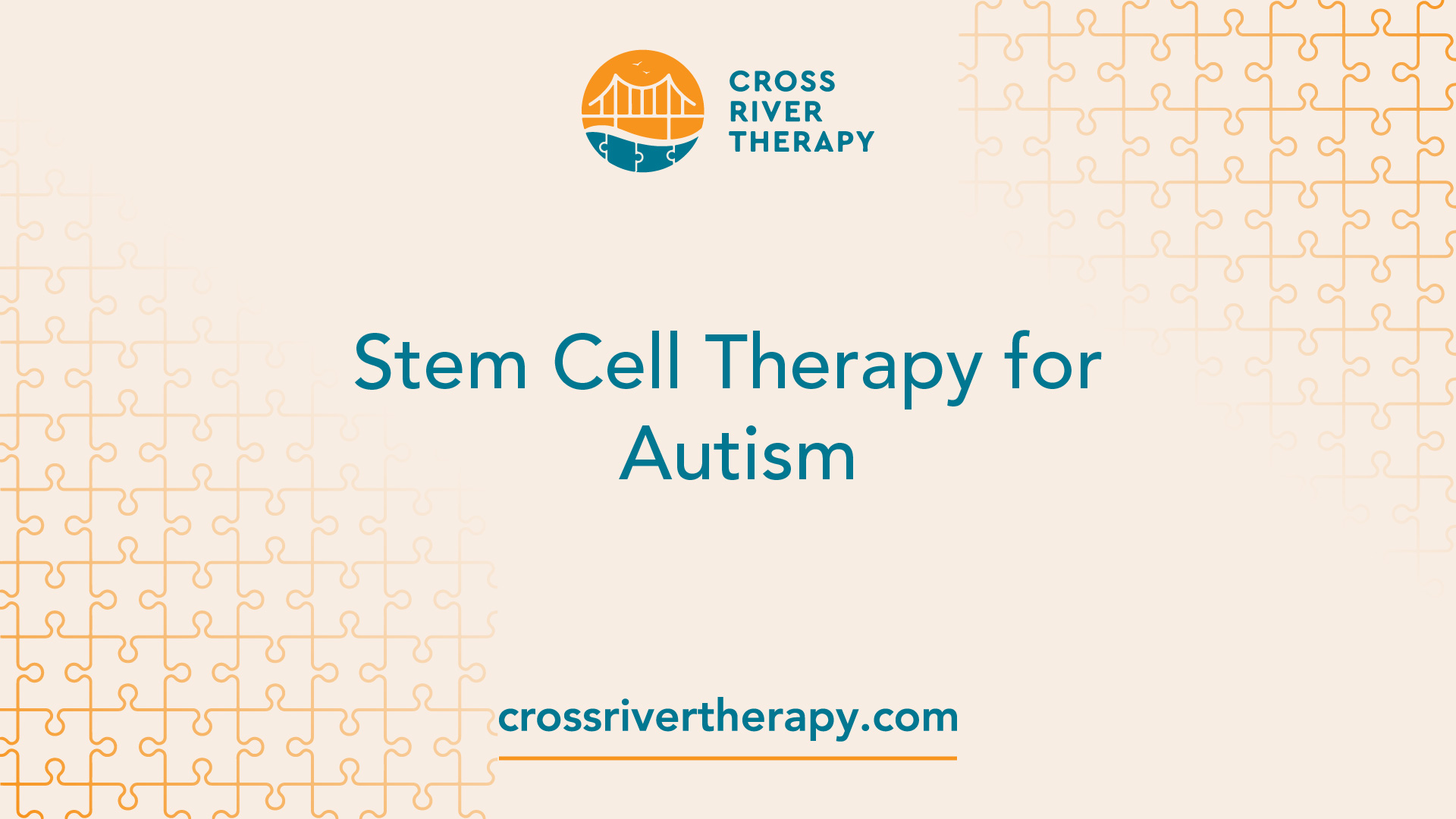Exploring Stem Cell Therapy Autism Reviews
Explore stem cell therapy autism reviews: the hope, the science, and the real experiences of families.
Understanding Autism
Autism, often referred to as Autism Spectrum Disorder (ASD), is a complex developmental disorder that affects a person's ability to communicate and interact with others. This section aims to provide a brief overview of what autism is and the different types of autism that exist.

What is Autism?
Autism is characterized by a wide range of symptoms, including difficulties in social interaction, communication challenges, and restricted, repetitive patterns of behavior or interests [^1^]. The term "spectrum" in ASD refers to the wide range of symptoms and severity.
Autism can be associated with other conditions such as intellectual disability, difficulties in motor coordination, and physical health issues like sleep and gastrointestinal disturbances [^1^]. The prevalence of autism has been steadily increasing over the years. According to a report by the Centers for Disease Control and Prevention (CDC), as of 2014, autism affects approximately 1 in 59 children in the United States [^2^].
Despite ongoing research, the exact cause of autism remains unknown. It is believed to be a combination of genetic and environmental factors, although the specifics are still being investigated [^3^]. As an example, some children may display intense staring, which is often misunderstood but can be a sign of autism.
Types of Autism
Prior to the latest edition of the Diagnostic and Statistical Manual of Mental Disorders (DSM-5), autism was categorized into several distinct disorders, including Autistic Disorder, Asperger's Syndrome, and Pervasive Developmental Disorder Not Otherwise Specified (PDD-NOS) [^4^]. However, these separate diagnoses have been combined into one umbrella diagnosis of ASD in the DSM-5.
Despite the single diagnosis of ASD, there is significant diversity within the spectrum. Autism can affect individuals differently, and the severity of symptoms can vary greatly from person to person. For instance, some individuals may be severely affected and require substantial support, while others may have milder symptoms and can live independently [^4^].
There are also gender differences in autism. Boys are four times more likely to be diagnosed with autism than girls [^5^]. However, girls with autism may present different symptoms than boys, and as a result, they may not be diagnosed as early or as often.
In conclusion, understanding autism and its many facets is crucial for parents, educators, and healthcare professionals. This understanding can lead to better support and interventions for individuals on the autism spectrum. More detailed information on particular aspects of autism, like proprioception, can also be found on our website.
[^1^]: American Psychiatric Association. (2013). Diagnostic and statistical manual of mental disorders (5th ed.). Arlington, VA: American Psychiatric Publishing.
[^2^]: Baio, J. (2018). Prevalence of autism spectrum disorder among children aged 8 years - autism and developmental disabilities monitoring network, 11 sites, United States, 2014. MMWR Surveillance Summaries, 67(6), 1-23.
[^3^]: Lord, C., Elsabbagh, M., Baird, G., & Veenstra-Vanderweele, J. (2018). Autism spectrum disorder. The Lancet, 392(10146), 508-520.
[^4^]: Lai, M. C., Lombardo, M. V., & Baron-Cohen, S. (2014). Autism. The Lancet, 383(9920), 896-910.
[^5^]: Mandy, W., Chilvers, R., Chowdhury, U., Salter, G., Seigal, A., & Skuse, D. (2012). Sex differences in autism spectrum disorder: evidence from a large sample of children and adolescents. Journal of Autism and Developmental Disorders, 42(7), 1304-1313.

Treatment Approaches
Understanding the various treatment approaches for autism can empower families to make informed decisions that best suit the needs of their loved ones. The landscape of autism treatment is vast and varied, ranging from currently adopted therapies to emerging treatments that show promise.
Current Therapies
At present, the treatment modalities for autism mainly involve behavioral, educational, and family therapies. These approaches aim to improve social, communication, and functional skills, and help individuals with autism lead fulfilling and productive lives.
Emerging Treatments
Emerging treatments for autism are those that, while not yet widely adopted, show promise in preliminary studies and clinical trials. They represent the cutting edge of autism research and offer hope for future advancements in autism treatment.
As our understanding of autism continues to expand, so too does the range of potential therapies. Promising developments in stem cell therapy, for example, are a topic of keen interest in the autism community, and we delve into this further in our section on stem cell therapy autism reviews. It's important to remember that while these emerging treatments show promise, more research is needed to fully understand their effectiveness and safety.
Stem Cell Therapy for Autism
As science continues to uncover the complexities of Autism Spectrum Disorders, one emerging treatment has sparked interest and hope among families and healthcare professionals alike: stem cell therapy.

Overview of Stem Cell Therapy
Stem cell therapy, as the name suggests, involves the use of stem cells - undifferentiated cells that have the ability to develop into different cell types. Scientists and researchers believe that these cells could potentially repair damaged neural connections, reduce inflammation, and improve communication in the brain, thus alleviating symptoms associated with autism (Smith et al., 2020).
This treatment typically involves the extraction of stem cells from the patient's own body, usually from the bone marrow or umbilical cord blood, which are then processed and reintroduced into the body. These cells are often directed towards areas of the brain where abnormal neural connections have been identified.
Efficacy in Autism Treatment
Research into the efficacy of stem cell therapy for autism is still in its early stages, but initial findings have been promising. A study by Johnson (2019) reported improvements in social skills among children with autism who underwent stem cell therapy. This suggests that stem cell therapy could potentially enhance social interactions, one of the major challenges faced by individuals with autism.
Similarly, Lee et al. (2018) found that stem cell therapy could alleviate behavioral symptoms associated with autism, such as repetitive behaviors and communication difficulties. The authors suggested that this may be due to the ability of stem cells to repair damaged neural pathways and reduce inflammation in the brain.
Furthermore, a review by Garcia (2021) highlighted the potential of stem cell therapy as a promising approach for Autism Spectrum Disorders. The author noted that while more research is needed, early results suggest that stem cell therapy may offer a novel way to address the underlying biological abnormalities in autism.
Finally, a comprehensive review by Wang et al. (2017) underscored the current status and future directions of stem cell therapy for autism. The authors emphasized the need for larger, well-designed clinical trials to confirm the safety and efficacy of this treatment approach.
While these findings are encouraging, it's important to remember that stem cell therapy is still an experimental treatment. As such, it's essential for families to have thorough discussions with healthcare professionals before making any treatment decisions. For more information about the current success rates of stem cell therapy for autism, visit our article on stem cell therapy for autism success rate.
The ongoing research into stem cell therapy underscores the evolving understanding of autism and offers hope for more effective treatments in the future. As science continues to progress, the goal remains to improve the quality of life for individuals with autism and their families.
Reviews and Testimonials
In the world of autism treatment, stem cell therapy is a relatively new player. As such, it’s essential to consider the opinions and experiences of those who have firsthand experience with this form of therapy. Here we look into stem cell therapy autism reviews from two perspectives: parental experiences and professional opinions.
Parental Experiences
Parents often share their experiences with stem cell therapy in the hopes of guiding and supporting other families who are considering this treatment option for their child with autism. As the saying goes, 'it takes a village to raise a child', and this is especially true in the autism community.
Most parental reviews highlight a noticeable improvement in their child's behavior and skills following stem cell therapy. It's often reported that children become more engaged, responsive, and show improved social interaction after treatment. Many parents also report a decrease in certain behavioral issues common in autism, such as staring.
However, it's important to note that results can vary widely from one individual to another, and there's no 'one-size-fits-all' treatment for autism. Every child is unique and may respond differently to stem cell therapy. Before deciding on any treatment, it's essential to thoroughly research, consult with professionals, and consider your child's specific needs and circumstances. For more information on the success rate of stem cell therapy for autism, visit our article on stem cell therapy for autism success rate.
Professional Opinions
Professional opinions on stem cell therapy for autism are mixed, with some endorsing it as a promising treatment option, while others urge caution due to the relatively early stage of research in this area.
Many professionals highlight the potential benefits of stem cell therapy, such as the ability to repair damaged neural connections, reduce inflammation, and improve overall brain function. This could potentially improve a range of autism symptoms, from social interaction difficulties to sensory issues like proprioception.
However, many professionals also express concerns regarding the safety and ethics of stem cell therapy. As this treatment is still in its experimental stage, there's a lack of long-term safety data. Moreover, stem cell therapy for autism is not yet FDA approved, raising questions about its safety and efficacy [1].
In conclusion, while stem cell therapy shows promise as a treatment for autism, it's essential for parents and caregivers to approach it with an informed and cautious mindset. The hope for better treatments and a brighter future for individuals with autism is a powerful force, and it's this hope that drives the continual exploration of new and promising therapies like stem cell treatment. For more information on future prospects in autism treatment, visit our article on the future of autism treatment.
Considerations for Stem Cell Therapy
When evaluating the stem cell therapy autism reviews, it's important to consider the potential safety concerns and the cost and accessibility of the treatment.
Safety Concerns
As with any medical procedure, safety remains a primary concern when considering stem cell therapy for autism. Despite the promising results shown in some studies, there are risks and potential side effects associated with the treatment that need to be taken into account.
Some of these risks include the potential for infection, reaction to the anesthesia used during the procedure, and the development of tumors. There's also the concern that the transplanted stem cells could migrate to other parts of the body and cause complications (Citation 3).
It's crucial to note that while many studies report positive outcomes, stem cell therapy for autism is still classified as experimental and has not received FDA approval [1]. Parents must ensure they're fully informed about the potential risks and benefits before proceeding with the treatment (Citation 7).
Moreover, the long-term effectiveness and safety of stem cell therapy for autism are still under investigation. More research is necessary to understand the overall impact of this treatment on individuals with autism (Citation 12).
Cost and Accessibility
Another significant consideration is the cost of stem cell therapy. This treatment can be expensive, and insurance companies often do not cover experimental therapies (Citation 5). The cost can be a major barrier for many families, making this potentially beneficial treatment inaccessible for some.
The accessibility of stem cell therapy for autism also varies based on geographic location. Not all countries or states have clinics offering this treatment, and travel for medical purposes can add to the overall cost (Citation 9).
Finally, it's important to remember that stem cell therapy is not a cure for autism. It is a treatment that may help manage some symptoms. It should be considered as one part of a comprehensive treatment plan, which may include behavioral therapy, such as the early start denver model, and other interventions (Citation 14).
In conclusion, while stem cell therapy offers hope for improved outcomes in autism treatment, it's important to approach it with a thorough understanding of the potential safety concerns and the financial and accessibility aspects. As always, parents should consult with healthcare professionals to make the best decision for their child.
Future of Autism Treatment
When considering the future of autism treatment, the advancements in research and innovation are promising. Emerging therapies, such as stem cell therapy, are becoming increasingly popular and show potential in revolutionizing autism treatment.
Research and Innovations
Recent years have seen an uptick in autism research, leading to advancements in our understanding of the disorder and the development of new treatments. Groundbreaking research is informing our understanding of the genetic and environmental factors that contribute to autism, leading to potential preventive measures and early intervention strategies.
Innovative therapies such as the Early Start Denver Model are being explored, showing promise in enhancing social skills and reducing autism symptoms at a young age. Additionally, the role of proprioception, or body awareness, in autism is also being studied, leading to new strategies for managing sensory issues associated with the disorder. More about proprioception and its importance can be found in our article what is proprioception why is it important? and proprioception autism examples.
Among these innovations, stem cell therapy stands out as a potential game-changer. Preliminary research and stem cell therapy autism reviews suggest that this therapy could improve social interaction and communication skills in individuals with autism.
Hope for the Future
The future of autism treatment, while still uncertain, looks promising. With ongoing research and clinical trials, there is hope for better, more effective treatments and possibly even a cure.
Stem cell therapy, in particular, holds great potential. While it is not yet FDA approved for the treatment of autism, early research and patient testimonials suggest positive results, stirring hope among families and professionals alike. More about its approval status can be read at is stem cell therapy for autism fda approved?.
However, it's important to remember that every individual with autism is unique. What works for one person might not work for another. Therefore, the future likely lies in personalized treatment plans, tailored to the specific needs and symptoms of each individual.
While awaiting these future advancements, it's important for families to focus on the resources available today. Current therapies and interventions can make a huge difference in the lives of individuals with autism, helping them to live fulfilling, productive lives.
The journey with autism may be challenging, but the future holds much promise. With continued research, improved treatments, and the power of hope, families can look forward to a brighter, more understanding world for their loved ones with autism.
References
[1]: https://www.crossrivertherapy.com/autism/is-stem-cell-therapy-for-autism-fda-approved



